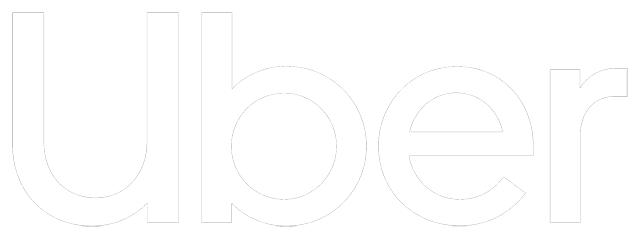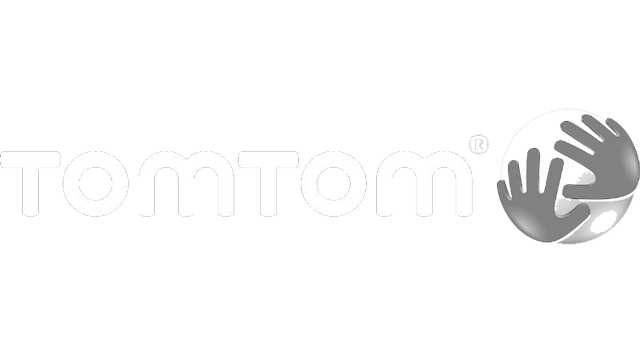We specialise in serving headquarters of global brands, helping them cut complexity costs in strategy execution across markets and fulfil their corporate role as scale economisers and advantage accelerators. Leverage our consulting expertise, technology solutions and remote talent resources to create organisational simplicity, scalability and efficiency in multi-market market operations.
Transforming global brand marketing, creative and eCommerce operations into a competitive advantage
 (EMEA) 47 markets
(EMEA) 47 markets
 (EMEA) 14 markets
(EMEA) 14 markets
 (WHQ)
(WHQ)
Digital transformation is the process of using digital technologies to create new — or modify existing — business processes, culture, and customer experiences to meet changing business and market requirements. Business leaders across all sectors are grappling with the strategic implications of these transformations for their organizations, industry ecosystems and society. There is widespread recognition among leaders in most industries that the role of digital technology is rapidly shifting, from being a driver of marginal efficiency to an enabler of fundamental innovation and disruption. For the most part of the current decade corporates, their management and employees have been awash with digital transformation projects. As a response to rapidly digitizing business environment, no organisational function has been spared of digital scrutinisation in an effort to ensure market relevance and provide new value to customers.
With such complex undertaking many things can go wrong, so it is not surprising that some reports talk about 'digital transformation churn' as high as 84%.

With many of them underway, and many more planned, news about failure of digital transformation projects have become much frequent. With such complex undertaking many things can go wrong, so it is not surprising that some reports talk about 'digital transformation churn' as high as 84%. Reasons for failure of digital transformation projects can be found both on strategic and executional level. Digital strategy to general company business model mismatch, poor strategic planning, inadequate financing and unrealistic management expectations about outcomes are just a few to to name. But when it comes to implementation of digital transformation projects, few things can go as wrong as with its most complex, yet crucial element - people.
When it comes to implementation of digital transformation projects, few things can go as wrong as with its most complex, yet crucial element - people.
Most Overlooked Dimension of Digital Transformation : The People
Digital transformation involves technologies and humans. Unfortunately, we tend to ignore the latter (humans) when leading change. It’s perhaps the most critical — and most overlooked — success factor in digital transformation today. Digital transformation is not just an IT project. To be done well, it drives a massive shift in human behaviour. The hardest part of digital transformation isn't the technology, its the people change and change in human behaviour. The reality is, people are the biggest asset to any organisation but remain the most complex cog in the machinery of business. So, given that fact, it makes sense that maximising the potential of your technology will hinge on your people. The focus needs to shift to finding a way of building a strong and lasting relationship between our employees and their software from day one.
Digital transformation is not just an IT project. To be done well, it drives a massive shift in human behaviour.

As organizations digitize their back-end processes, employees must keep up with the pace. Organizations’ functionality effectively rests on employees’ ability not only to cope with but to flourish using enterprise software. But there are number of reasons people with feel resistance to change which new software solutions entail for them. The issue is, while people are increasingly more tech-savvy, that doesn’t mean your entire organisation is ready to fully leverage any software you put in their hands. People use so many digital tools on a daily basis that it can become quite difficult to keep up and really spend the time getting to know what a tool can do for them – whether they’re customers using one of your new digital apps or employees using a tool provided by the organization.
In fact multiple industry reports recognise the employee's digital solutions workload. For example one research states that at a typical enterprise company, employees use approximately 60 different applications, and of these, most employees use an average of four collaboration apps and 20 percent use six or more. After studying nearly 5 million hours of live desktop activity of operational support employees, Pegasystem Inc. found in its report that the average employee switches between 35 job-critical applications more than 1,100 times every day.
Digital Transformation and Resistance to Change
It is common for companies to migrate systems or roll out a new platform — in fact, this happens so often that at any given point there is likely to be a learning curve for new software. For many employees, this may feel taxing, causing them to consciously or unconsciously avoid the effort involved in learning this new system.
Burden of digital transformation is born by employees who are expected, pressured and even forced to completely unlearn old ways of working and simultaneously learn new ones, all while being expected to perform & deliver results
Breakneck speed at which companies are commissioning development and deployment of new technologies into daily workflows is especially burdening to employees. Namely, problem with learning is that to embrace a new logic, we have to unlearn the old one. Unlearning is not about forgetting, it's about the ability to choose an alternative mental model or paradigm. When we learn, we add new skills or knowledge to what we already know. When we unlearn, we step outside the mental model in order to choose a different one. And for all of these it takes, time, patience and a lot of effort. So it is no wonder that digital transformation initiatives, championed by corporate management, are met with employee resistance and skepticism.

Underneath high digital ambitions, for average employees digital transformational initiatives meant one thing : more responsibilities, bigger workloads and continuous inflow of new digital platforms to work with. This in turn creates a completely new category of challenges to an already stressed and informationally overloaded workforce - requirement to successful integrate all these new platforms into their daily workflows. Burden of digital transformation is being born by employees who are expected, pressured and even forced to completely unlearn old ways of working and simultaneously learn new ones, all while being expected to perform & deliver results as if nothing was happening.
Maintaining an existing habit is easier than changing. Trying something new means there is a possibility of failure. Most people prefer to stay in their comfort zone then venture into an unknown territory. Even individuals who claim to enjoy change may find it challenging in the workplace. After all, choosing to make a change in one’s personal life is very different than accepting top-down organizational change. Resistance to change in the workplace occurs because most often employees don’t have a choice. This triggers a sense of lost control and uncertainty.
Resistance to change in the workplace occurs because most often employees don’t have a choice.
Digital Adoption - Key to Overcoming Resistance to Change and Successful Implementation of Digital Transformation Projects
When facing resistance to change to planned or undergoing digital transformation projects it's important to realise emotional background to it. In these instances, tailored digital adoption or user adoption programs become crucial enablers of successful implementation of digital transformation projects. Namely, digital adoption is defined as achieving a state in which digital tools are being used as intended, and to the fullest extent. Digital adoption, quite simply, refers to achieving a state within your company where all of your digital tools and assets are leveraged to the fullest extent. Adopting technology to its fullest extent will essentially allow you to get a return on investment (ROI) on your digital assets; in other words, you’re not just spending money on the latest tools and technologies but you’re actually taking full advantage of them and getting all the benefits you can get. Consider the computer in your pocket — your smartphone. While your grandmother might only use hers to make and receive calls, for the average user it is an extension of the self. For example, if you only use your iPhone as a portable calculator. You use this digital device, but you're not utilising anything near its full capabilities.
For example, if you only use your iPhone as a portable calculator - you use this digital device, but you're not utilising anything near its full capabilities.
User adoption or digital adoption strategies represent a plan of action, designed to achieve a long-term or overall aim within an organisation and are crucial to the new technology’s success. Without a good strategy, you will not get the seamless transition you are hoping for. There will be dissatisfaction, frustration, technical problems, and general chaos.
Our user adoption team believes you have to ease the change for employees and prepare them for the transition as a team. That’s possible when executive and program team leaders communicate designs, definitions, processes, and information about functionality with key stakeholders as soon as decisions are made.
If you are planning or currently undergoing digital transformation projects, and need help with digital adoption, contact us today. for a commitment FREE consultation.
-------------------------------------------------------------------------------------------------------------
References :
Tim Keary, "Digital transformation churn: Why the digital transformation fail rate is so high" https://www.information-age.com/digital-transformation-fail-123478513/
Thomas H. Davenport, George Westerman : "Why So Many High-Profile Digital Transformations Fail" HBR.ORG. https://hbr.org/2018/03/why-so-many-high-profile-digital-transformations-fail
Mark Bonchek, HBR.ORG, "Why the Problem with Learning Is Unlearning" https://hbr.org/2016/11/why-the-problem-with-learning-is-unlearning
WalkMe Blog : "Top 6 strategies to overcome resistance to change" https://blog.walkme.com/change-6-strategies-overcome-resistance/
Lilach Bullock, Forbes.com : "What Is Digital Adoption And Why You Really Need To Know About It" https://www.forbes.com/sites/lilachbullock/2018/12/10/what-is-digital-adoption-and-why-you-really-need-to-know-about-it/
Macy Bayern "Employees switch apps more than 1,100 times a day, decreasing productivity" https://www.techrepublic.com/article/employees-switch-apps-more-than-1100-times-a-day-decreasing-productivity/
Information and App Overload Hurts Worker Productivity, Focus and Morale Worldwide, According to New Independent Survey https://www.businesswire.com/news/home/20170918005033/en/Information-App-Overload-Hurts-Worker-Productivity-Focus
"2019 Annual SaaS Trends Report", Blisfully.com https://blissfully.com/saas-trends/2019-annual/
WalkMe Blog : "Top 6 strategies to overcome resistance to change" https://blog.walkme.com/change-6-strategies-overcome-resistance/

